by Ken Lain, the mountain gardener
Not all baby bunnies are cute, especially when they eat a newly planted euonymus to the ground, or wipe out those pretty pansies and tulips! Jackrabbits are born with a full coat of hair and opened eyes, and only spend one day in the nest before beginning to forage. Cottontails are less precocious but may spend their entire lives living and breeding in one suburban backyard. Rabbits gravitate toward their favorite plants throughout the growing season: relishing pansies and tulips in the spring, and snacking on impatiens and oakleaf hydrangeas throughout the summer.
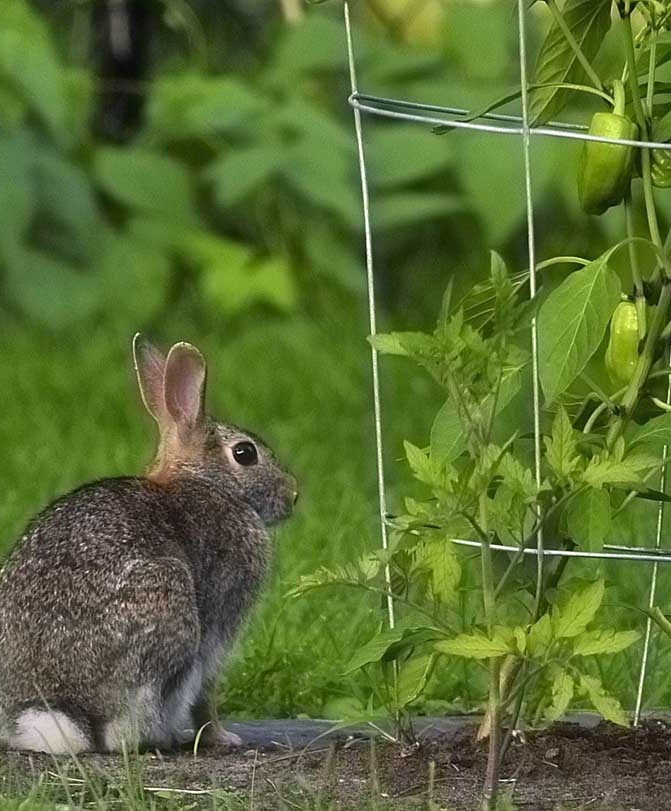
Often, you are not the only one in the neighborhood with rabbit issues. Walk the houses near you and see what other gardeners have been planting. If you see that rabbits have left your neighbors’ yards intact, they likely will ignore the same plants in your yard. Here is a link to the entire list of rabbit resistant plants. Here are seven popular and absolutely bunny-proof plants from the list compiled by the Watters staff for the ‘Top Choice Awards’ for beauty and ease of growth, of rabbit repellent plants.
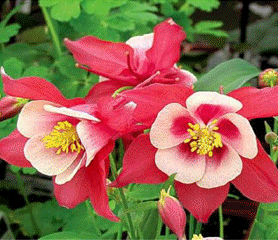
Columbine– This graceful beauty dances in the shade of the garden, holding its head high, smiling out at its surroundings. Few plants stand so brightly in the cooler parts of the garden. This bloomer comes back each spring with lacy green foliage promptly followed by a fantastic two-tone flower. It’s an excellent cut flower that is both deer and rabbit resistant, and so hardy that some varieties naturally call Arizona home.
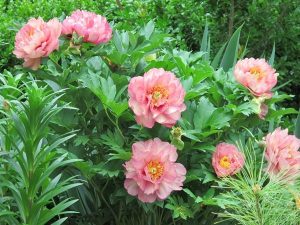
Peony – English and Itoh varieties are seldom bothered by rabbits. Tree peonies can have rabbits drawn to them, so choose your specimens carefully if rabbits are a problem in your landscape. If you aren’t sure what type of peony is growing in your garden, observe the plants’ winter forms: herbaceous peonies die back to the ground. Tree peonies maintain above-ground woody stems.
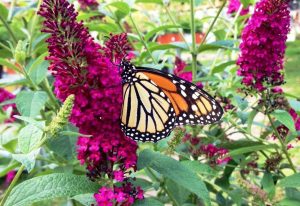
Butterfly Bush – Being a woody plant, it’s something rabbits tend to avoid. By June the plant is covered in honey-scented flowers that attract all butterfly species in the area. Plant butterfly bushes in full sun in average soil.
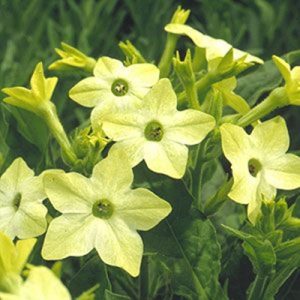
Nicotiana – These plants include notoriously toxic varieties like nightshade, jimsonweed, and belladonna. The foliage sports irritating hairs that repel rabbits. The plants are straightforward to grow from seed, among which are some that self sow. They prefer moist, fertile soil in partial shade.
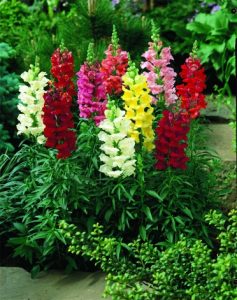
Snapdragon – Although this favorite seems to fit the profile of a rabbit-pleasing plant, the bitter, yucky taste turns them away. They are deer resistant, too! Snapdragons are tolerant of frost. Plant snapdragons in full sun and rich soil with good drainage. Although locally sold alongside annuals, with a protective layer of mulch snapdragons often make return appearances.
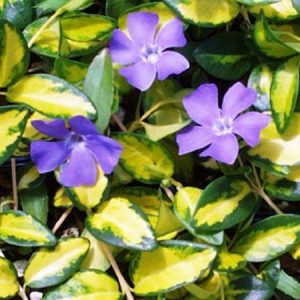
Vinca – Because of its leathery leaves and sturdy stems, it often is bypassed in favor of the look-alike impatiens. Fortunately, vinca plants are not bothered by the disease problems that plague impatiens. Plant annual vincas in full sun to ensure vigorous plants and abundant blooms.
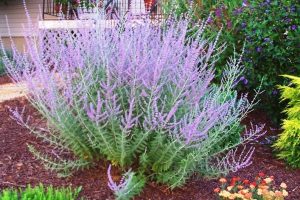
Russian Sage– Russian sage leaves have a fuzzy, tough texture that rabbits find unappealing. The volatile oils in the foliage are noxious to rabbits, acting as natural repellents. Russian sage plants are a go-to choice for any low-maintenance perennial border. Plant them in full sun and average soil, and expect to see wands of bee-friendly blooms from early summer through Fall. Russian sage needs no deadheading to perform for many years.
Other rabbit proof bloomers the Watters team came up with are: agave, euphorbia, red hot poker, black-eyed Susan, pincushion flower, oriental poppy, strawflower, and cranesbill.
We set up a Pinterest Board with even more rabbit-proof suggestions. Better yet, visit the garden center for a personal tour of the pretty plants these furry little guys definitely leave alone.
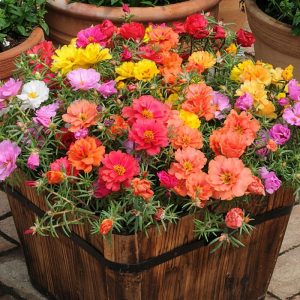
Plant of the Week: Portulaca tolerates the blazing sun, where the neon flowers attract butterflies. Available in red, orange, violet, white, and pink. Great for containers, rock gardens, between sunny stepping-stones, or any hot, dry garden space where nothing else grows. The brighter, the better!
Summer Gardening Classes – Held outdoors here at Watters Garden Center, social-distancing is assured with lots of plants between each student. We upgraded our P.A. system, with a direct link to our live Facebook stream for the classes, held every Saturday from 9:30 to 10:30 am. Here is the summer lineup:
June 27 – Best Mountain Fruit Trees; How to Plant in Summer
July 11 – Plant Better Berries and Grapes
July 18 – Avoid these Common Pests at All Costs
Until next week, I’ll be showing off the rabbit-proof bloomers here at Watters Garden Center. Ken Lain can be found throughout the week at Watters Garden Center, 1815 W. Iron Springs Rd in Prescott, or contacted through his web site at WattersGardenCenter.com or FB.com/WattersGardenCenter .

